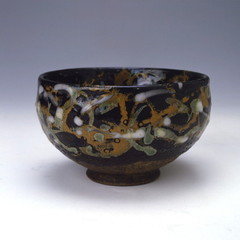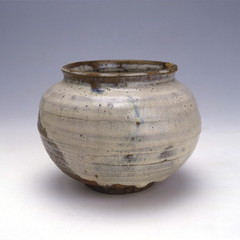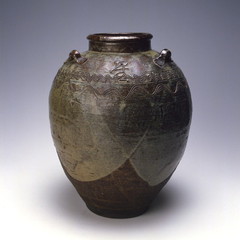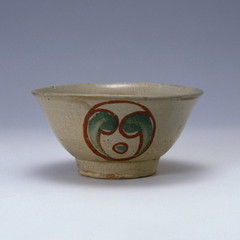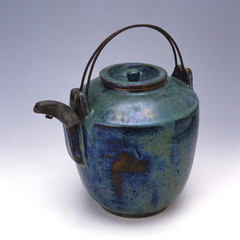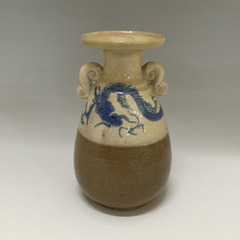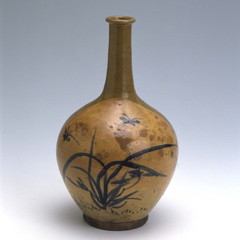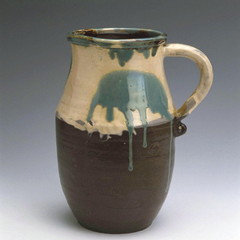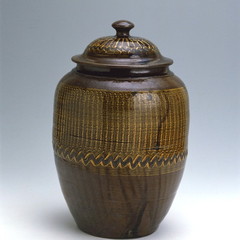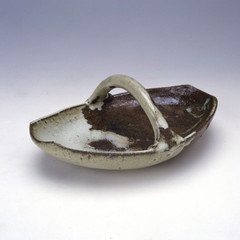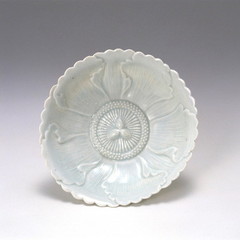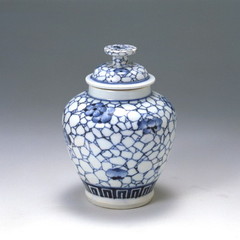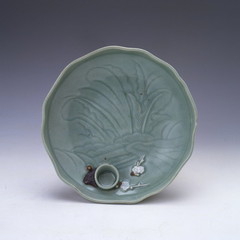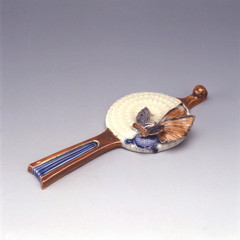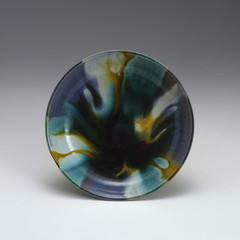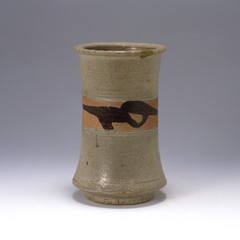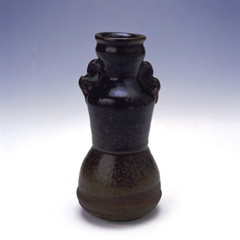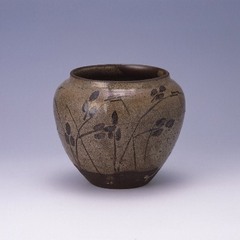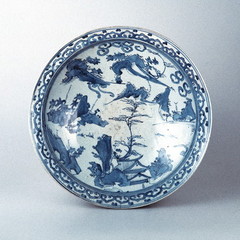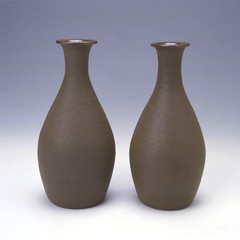Old Ceramics of Kyushu (Selected Works from the Collection of Kyushu Ceramic Museum)
The production of Kyushu ceramics began with stoneware made utilizing Korean techniques between the end of the 16th century and the beginning of the 17th century. Karatsu ware was produced first, and after the Bunroku-Keichō wars (1592-1598) various areas of Kyushu began firing stoneware, for example Agano ware, Takatori ware (Fukuoka Prefecture), Yatsushiro ware, Shōdai ware (Kumamoto Prefecture), and Satsuma ware (Kagoshima Prefecture). In the Ryūkyū Islands (Okinawa Prefecture), Tsuboya ware was produced with its own unique style.
In Japan, the earliest porcelain production began centering on Arita in the western part of Hizen Province (Saga and Nagasaki Prefectures) at the beginning of the 17th century. Arita achieved technical innovation by adopting Chinese technology in the middle of the 17th century, and it rapidly developed into a large center of porcelain production which included the surrounding areas of Hasami and Mikawachi (Nagasaki Prefecture). By the second half of the 17th century, Arita porcelain was being exported overseas and distributed throughout Japan. Based on the techniques of Arita, Nabeshima ware was produced at the official kiln which was established by the Saga domain (Nabeshima Clan) in Ōkawachi, Imari, in order to produce the finest porcelain to present as offerings to the Shogunate. After the 18th century, Arita and its surrounding areas continued to be the center of porcelain production, while porcelain production also began to spread to other areas. Within Kyushu as well, new porcelain began to be produced, including Asazuma ware, Sue ware (Fukuoka Prefecture), Takahama ware, Ōda ware (Kumamoto Prefecture), Hirasa ware (Kagoshima Prefecture) and Komine ware (Miyazaki Prefecture).

